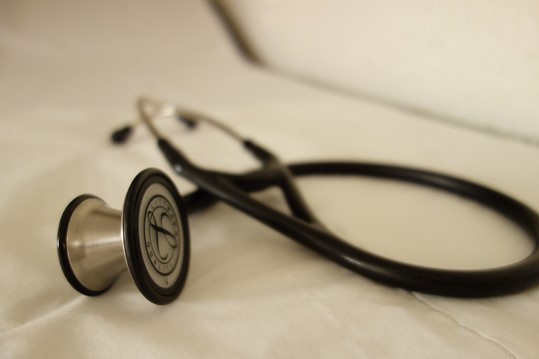Common ENT (ear, nose, and throat) issues are a group of medical conditions that affect the ears, nose, and throat. These issues can range from mild to severe and can be caused by a variety of factors, including allergies, infections, and structural problems. Understanding the causes and symptoms of common ENT issues can help you identify and treat them quickly and effectively. This article will provide an overview of the most common ENT issues, their causes, and treatment options.
How to Recognize Common Ear, Nose, and Throat Issues
The ear, nose, and throat are all interconnected and can be affected by a variety of issues. It is important to recognize the signs and symptoms of common ear, nose, and throat issues in order to seek appropriate medical care.
Ear Issues
Ear infections are one of the most common ear issues. Symptoms of an ear infection include ear pain, fever, fluid drainage from the ear, and difficulty hearing. If you experience any of these symptoms, it is important to seek medical attention.
Tinnitus is another common ear issue. Tinnitus is a ringing or buzzing sound in the ear that is not caused by an external source. It can be caused by a variety of factors, including exposure to loud noises, certain medications, and head or neck injuries.
Nose Issues
Nasal congestion is a common nose issue. Symptoms of nasal congestion include a stuffy nose, difficulty breathing, and a decreased sense of smell. Allergies, colds, and sinus infections can all cause nasal congestion.
Nosebleeds are another common nose issue. Nosebleeds can be caused by a variety of factors, including dry air, allergies, and trauma to the nose. If you experience a nosebleed, it is important to seek medical attention.
Throat Issues
Sore throats are one of the most common throat issues. Symptoms of a sore throat include pain when swallowing, swollen glands, and a hoarse voice. Sore throats can be caused by a variety of factors, including colds, allergies, and bacterial infections.
Laryngitis is another common throat issue. Symptoms of laryngitis include a hoarse voice, sore throat, and difficulty speaking. Laryngitis can be caused by a variety of factors, including viral infections, allergies, and overuse of the voice.
If you experience any of the symptoms described above, it is important to seek medical attention. Your doctor can diagnose and treat any underlying issues.
The Benefits of Early Diagnosis and Treatment of ENT Issues
Early diagnosis and treatment of ear, nose, and throat (ENT) issues can have a significant impact on a person’s overall health and wellbeing. By recognizing and addressing ENT issues in a timely manner, individuals can reduce the risk of long-term complications and improve their quality of life.
One of the primary benefits of early diagnosis and treatment of ENT issues is the prevention of further damage. Many ENT issues, such as hearing loss, can be caused by a variety of factors, including age, genetics, and environmental factors. If left untreated, these issues can worsen over time, leading to more serious complications. By diagnosing and treating ENT issues early, individuals can reduce the risk of further damage and improve their overall health.
Early diagnosis and treatment of ENT issues can also help to reduce the risk of infection. Many ENT issues, such as sinus infections, can be caused by bacteria or viruses. If left untreated, these infections can spread to other parts of the body, leading to more serious health complications. By diagnosing and treating ENT issues early, individuals can reduce the risk of infection and improve their overall health.
Early diagnosis and treatment of ENT issues can also help to reduce the risk of long-term complications. Many ENT issues, such as hearing loss, can lead to long-term complications if left untreated. By diagnosing and treating ENT issues early, individuals can reduce the risk of long-term complications and improve their overall health.
Finally, early diagnosis and treatment of ENT issues can help to improve a person’s quality of life. Many ENT issues, such as hearing loss, can have a significant impact on a person’s ability to communicate and interact with others. By diagnosing and treating ENT issues early, individuals can reduce the risk of long-term complications and improve their overall quality of life.
In conclusion, early diagnosis and treatment of ENT issues can have a significant impact on a person’s overall health and wellbeing. By recognizing and addressing ENT issues in a timely manner, individuals can reduce the risk of long-term complications and improve their quality of life.
Conclusion
Common ENT issues can be a source of discomfort and distress for many people. However, with the right knowledge and understanding of the various ear, nose, and throat problems, it is possible to identify and treat them effectively. By consulting with a qualified healthcare professional, individuals can receive the necessary diagnosis and treatment to help alleviate their symptoms and improve their overall quality of life.

